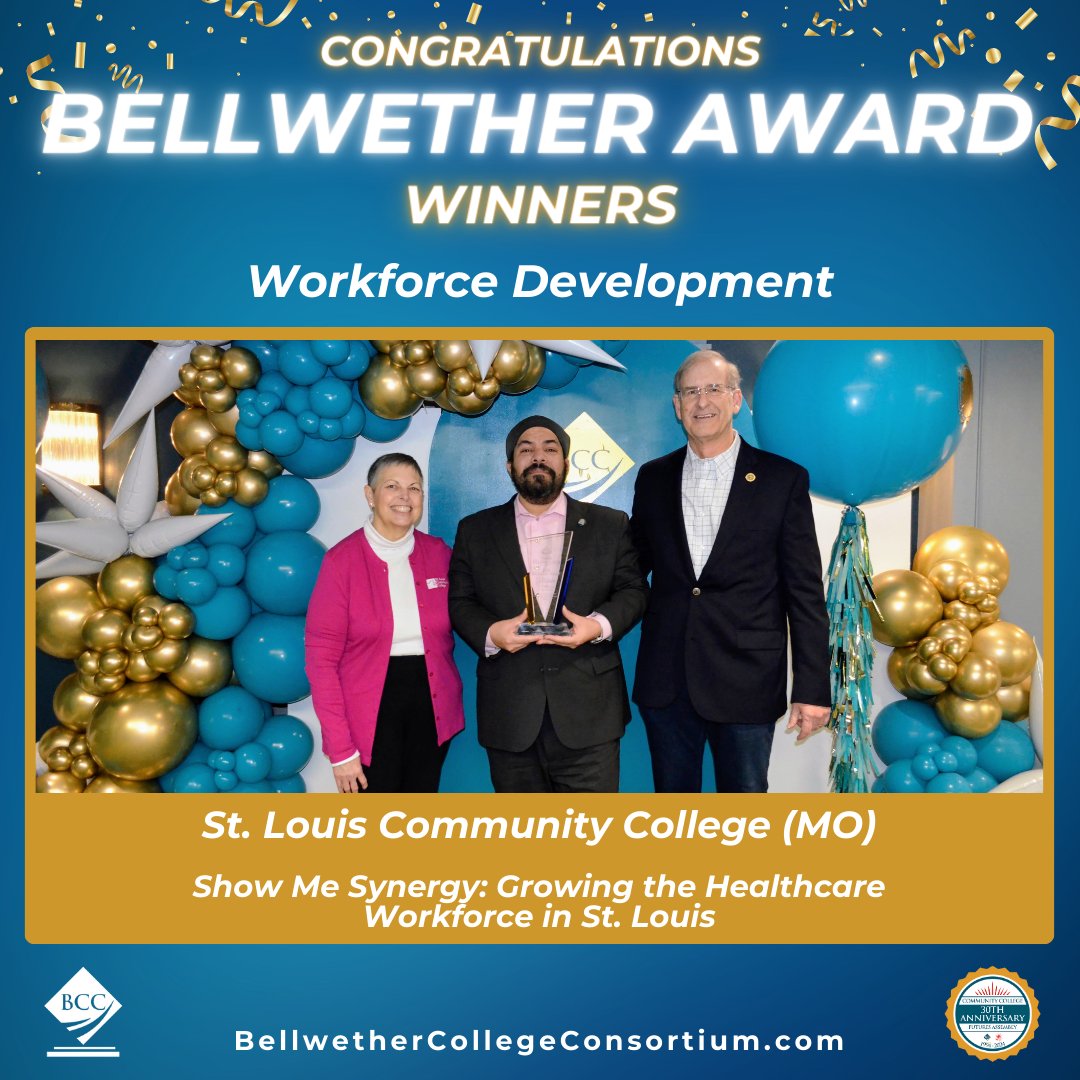The first Meramec Sustainability Organizational Meeting took place Feb. 25 in the Confluence Room of the STLCC-Meramec Library, acknowledging the signing of the “American Presidents College and University Climate Commitment.”
Paul Lauer
– Staff Writer –
The first Meramec Sustainability Organizational Meeting took place Feb. 25 in the Confluence Room of the STLCC-Meramec Library, acknowledging the signing of the “American Presidents College and University Climate Commitment.”
Meramec President Paul Pai, Ed.D., signed the commitment on Nov. 13, 2009. It committed the campus to take steps, according to a specified timeline, toward achieving climate neutrality as soon as possible.
Students and faculty learned details of the commitment; what the district has already done in its “green” efforts and brainstormed for ideas on what should be done.
“You get to decide on how you want it to look on your campus,” said Peggy Moody, Ph.D., district sustainability coordinator. More meetings will take place in the future for students and faculty to present their ideas and opinions.
At the meeting, Pai said he wanted “to make sure we have a very genuine effort in controlling the environment, reducing global warming and controlling greenhouse gasses.”
Bonnie Sanguinet, manager of library services, prepared a PowerPoint presentation to explain what the schools obligations and deadlines are now that Pai has signed the commitment.
Meramec will develop an “institutional action plan” for becoming climate neutral by Jan. 15, 2012. The plan will include targets for goals and actions that will lead to climate neutrality as well as a target date for achieving it.
The campus will complete a comprehensive inventory of greenhouse gas emissions by Jan. 15, 2011. This inventory will include measuring emissions from electricity, heating, commuting and faculty air travel and will be updated every other year thereafter.
According to Moody, it won’t be until after the inventory is completed that the school’s goals, and an action plan to reach them, can be decided.
Meramec has short-term obligations which will need to be reached by Mar. 15, 2010. The school will need to create institutional structures that will guide it toward reaching its comprehensive plan.
One of these structures already in place is a recycling committee. It is designed to push for recycling and encourage all campuses to get involved in “Recyclemania,” a recycling competition that more than 600 colleges and universities are participating in this year.
Other task forces have been suggested. One would encourage greening the curriculum and another suggests focusing on communication and community involvement. Sanguinet needs at least five people for each task force and is currently looking for volunteers. She is also taking suggestions for other ideas anyone else might have.
Though Meramec is just now formalizing its desire to go green, it has already done other things to work toward this goal. “We have been greening this campus for a long time,” Moody said, “probably since the beginning.”
According to Mike Trombly, district construction inspector and recycling coordinator, Meramec began recycling in December 2001 and currently recycles approximately six tons each month.
Better energy efficiency has been sought out by replacing older windows with ones that are double-pane, smaller light bulbs and software that turns off all computers by 11 p.m. The South County Education and University Center (SCEUC) is designed to use natural light, heating and cooling, and also uses Energy Star appliances.
The commitment suggests other ways of becoming climate neutral, but it’s up to Meramec on exactly how to do it. Goals like purchasing or producing at least 15 percent of the school’s electricity consumption – such as solar or wind power – are also suggested, but Moody said that given the expense, these are more difficult to achieve.
According to Moody, Meramec does not want to take funding away from student programs to fund such things. She said that this is the sort of “balancing-act” the school is working through.
However, the school has undertaken this goal at a time when the federal and state governments are offering incentives of up to 30 percent for initial investments on many energy efficient products and services.
Ameren UE is also giving incentives on projects having to do with renewable energy. Due to these incentives, Moody has referred to the timeliness of the commitment as a “perfect storm.”
“It would be a no-brainer to get involved,” Pai said. “Our campus color is green. It’s only natural.”











